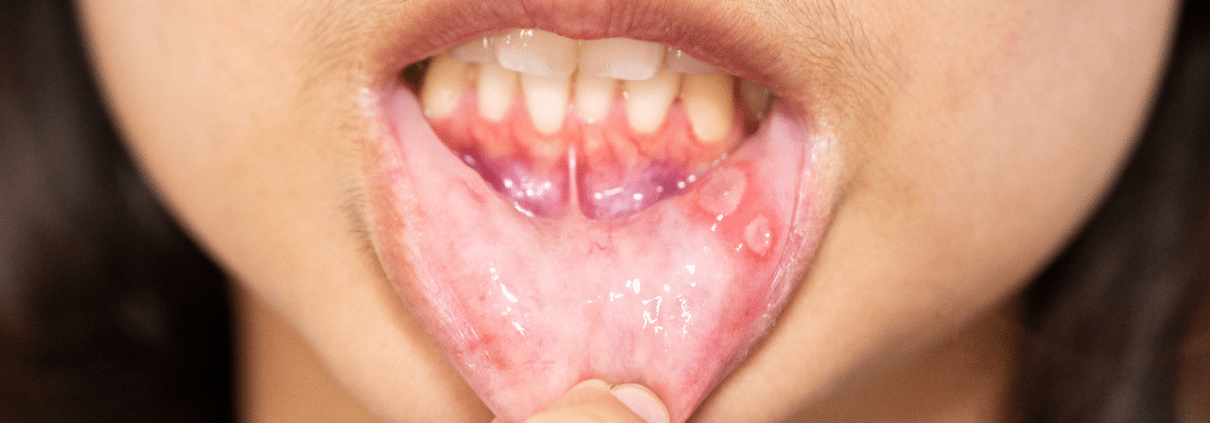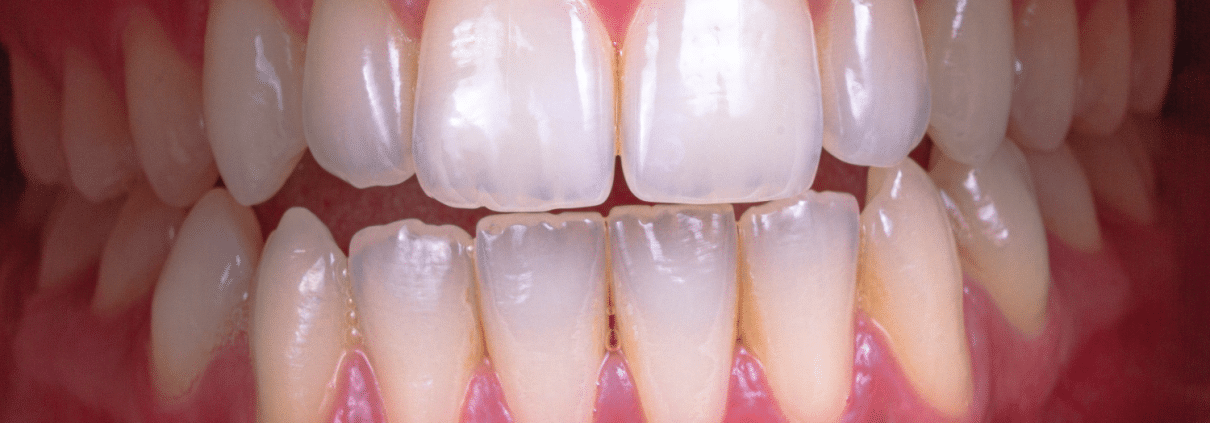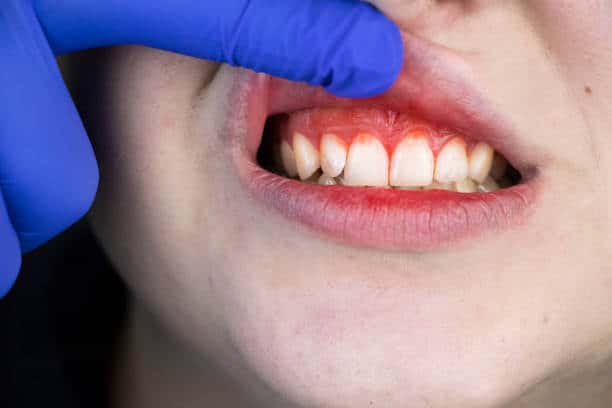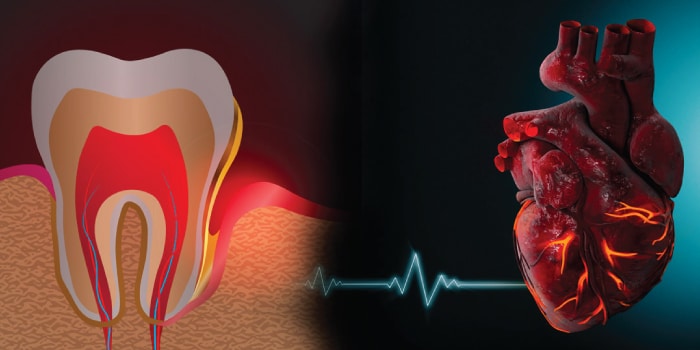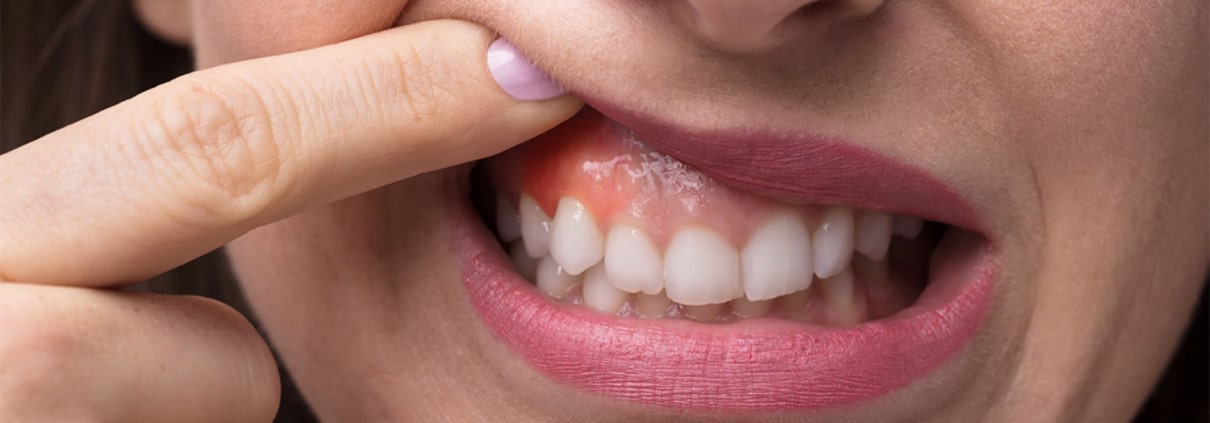Your content goes here. Edit or remove this text inline or in the module Content settings. You can also style every aspect of this content in the module DeBrushing and flossing your teeth each day is just the first step in keeping your smile healthy. Choosing nutritious snacks and meals that provide vitamins that benefit your teeth and are low in sugar and other cavity-causing ingredients can be just as important. Filling your plate with fruits, vegetables, whole grains, protein, and calcium-rich foods ensures that your diet benefits your teeth and the rest of your body. Here are some of Today’s Dental’s top tips for planning the best diet for your teeth!
Top Food Choices to Boost Your Oral Health
It’s no secret that some foods are better for your teeth than others. Here are some ingredients to look for when planning snacks and meals that provide the most benefits for your teeth and gums!
Calcium
Calcium is your teeth’s best friend. Foods that are high in calcium strengthen your teeth and bones, which helps prevent cavities and certain types of injuries. Dairy products, such as milk, cheese, and yogurt are generally the best sources of calcium. Other calcium-rich foods and drinks include almond milk, almonds, green vegetables, salmon, and tofu.
Phosphorus
Phosphorus also helps strengthen your teeth. Some foods that are rich in phosphorus include eggs, nuts, dairy products, fish, and lean meats, such as chicken and turkey.
Vitamin C
Vitamin C is a must for healthy gums. It is most plentiful in citrus fruits, and it can also be found in a variety of vegetables, such as potatoes, broccoli, tomatoes, spinach, and peppers.
Think Before You Snack
When you’re in the mood for a snack, do you reach for whatever is closest to you or fits an immediate craving? Mindless snacking often leads to overeating and making choices that do nothing for your body and can cause cavities. Here are some tips for making mindful choices when selecting your snacks this week!
Replace Sweets With Healthy Snacks
Candy and other sugary treats don’t make the best snacks. They don’t fulfill any nutritional needs, and they can harm your teeth. Instead, swap them for fruit, vegetables, cheese, nuts, popcorn, yogurt, and other healthy snacks. If you’re stuck on coming up with new ideas that satisfy your taste buds, look no further than this list of 121 easy and healthy snacks!
Keep Healthy Snacks Accessible
Most of us tend to reach for the snacks that take the least amount of effort to prepare. Tearing open a package of cookies is quicker and easier than spending five minutes cutting up a bowl of fruit or vegetables, which can lead you to make unhealthy choices. Instead, cut up your produce as soon as you bring it home and store it in ready-to-eat bowls in your refrigerator. Enjoying celery with a scoop of peanut butter and adding granola or fresh berries to your yogurt are simple ways to make healthy snacks even more delicious.
Minimize Sugar to Prevent Tooth Decay
Excessive sugar isn’t good for your teeth, and it can make you feel tired and sluggish. Many sweet snacks, especially soda and processed desserts, contain more sugar than you might think. The American Heart Association recommends consuming no more than 36 grams of sugar each day, and it’s easy to eat double or triple that amount if you aren’t paying attention. Make a habit of reading nutrition labels to keep track of the amount of sugar you’re consuming and look for naturally-sweetened options and other snacks that are low in sugar.
Brush Your Teeth After Snacking
Just like after meals, brushing and flossing your teeth after eating snacks can remove food particles from your teeth to minimize cavities and decay. If you can’t brush, rinsing your mouth with water can also help clean your teeth. Choosing the right snacks is an important step in setting your teeth up for a healthy future. At Today’s Dental, we are committed to keeping patients throughout Omaha and surrounding areas informed about more ways to keep their smiles beautiful for decades. Contact us today to learn more about the services we offer or to schedule an appointment! sign settings and even apply custom CSS to this text in the module Advanced settings.

